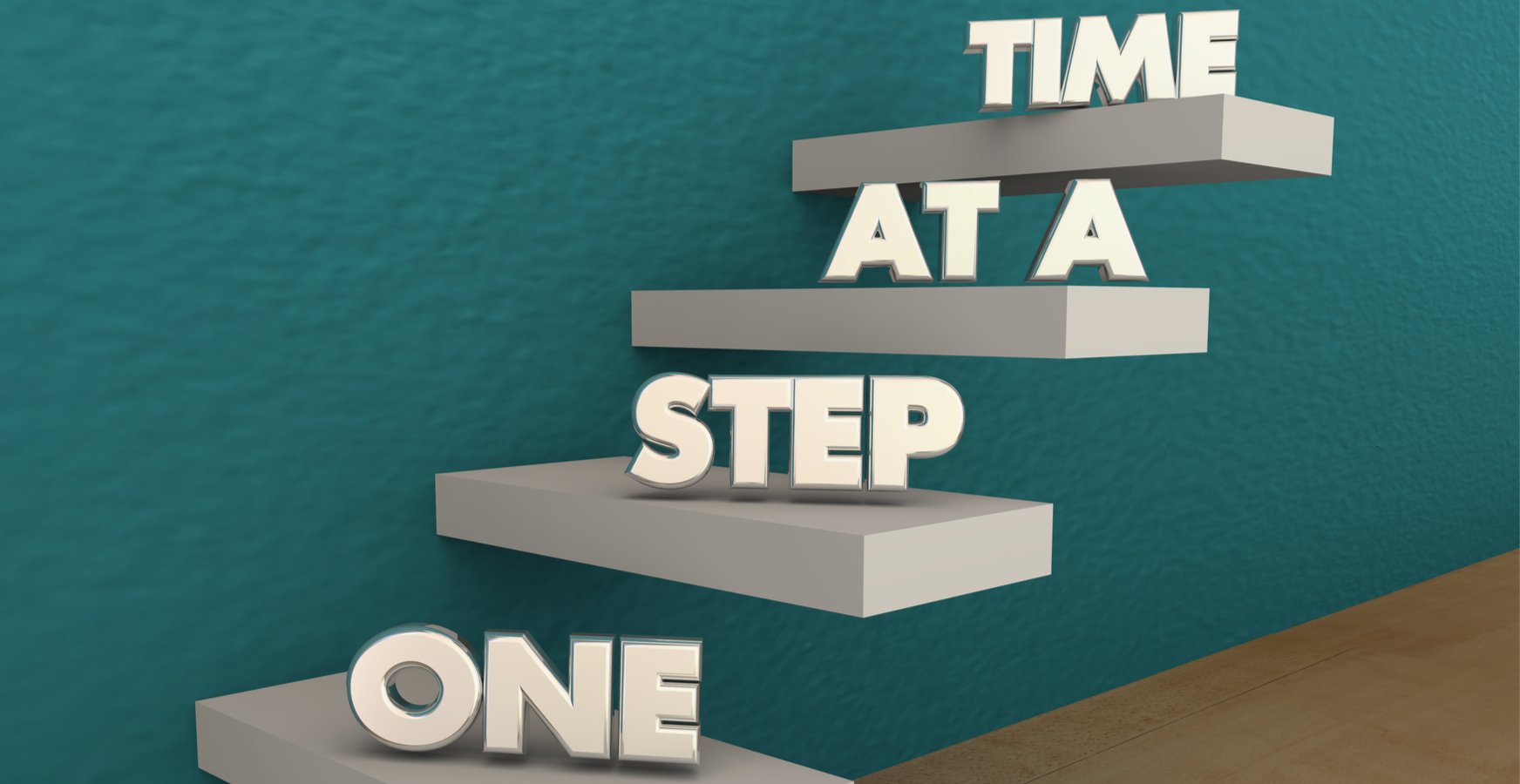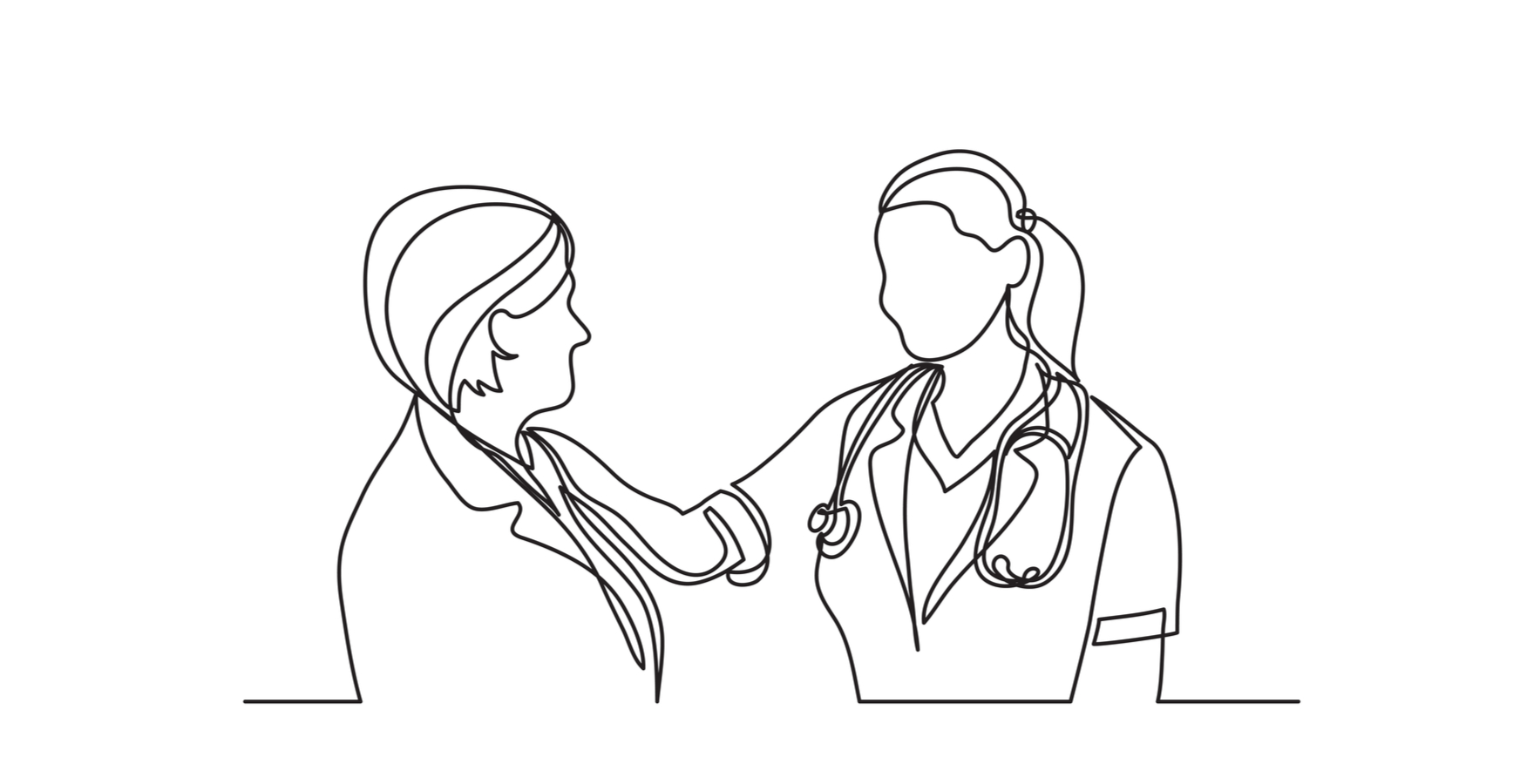I don’t always track my progress in terms of improvement (or otherwise) of my pain but sometimes it can be useful. For example, when I first started to learn pain management and I was working hard on improving my pain situation, I tracked my progress using apps on my phone. Since then I have tried tracking my progress using vector and other diagrams.
As well as providing a level of positive reinforcement and encouragement I have found that tracking my progress with my pain meant that I could, at times, overall reduce my pain.
Because my pain is quite variable during the day I can find it quite difficult to work out what is affecting my pain, either positively or negatively. I can also find it difficult to remember exactly what the overall pain levels were say last week, or even last month. When I am tracking my pain levels then I can try different things, for example different medication, improvements with my sleep or exercise, and then more objectively work out what impact these changes have had on me.
I don’t recommend tracking pain for long periods of time, apart from anything else when you are constantly thinking about your pain levels then it can have an adverse affect on you. I think it can be useful to do at certain periods of your pain journey, for example trialing new pain management methods or new medications.
Learn more
Click on the pictures to learn more about each strand
More Information

























